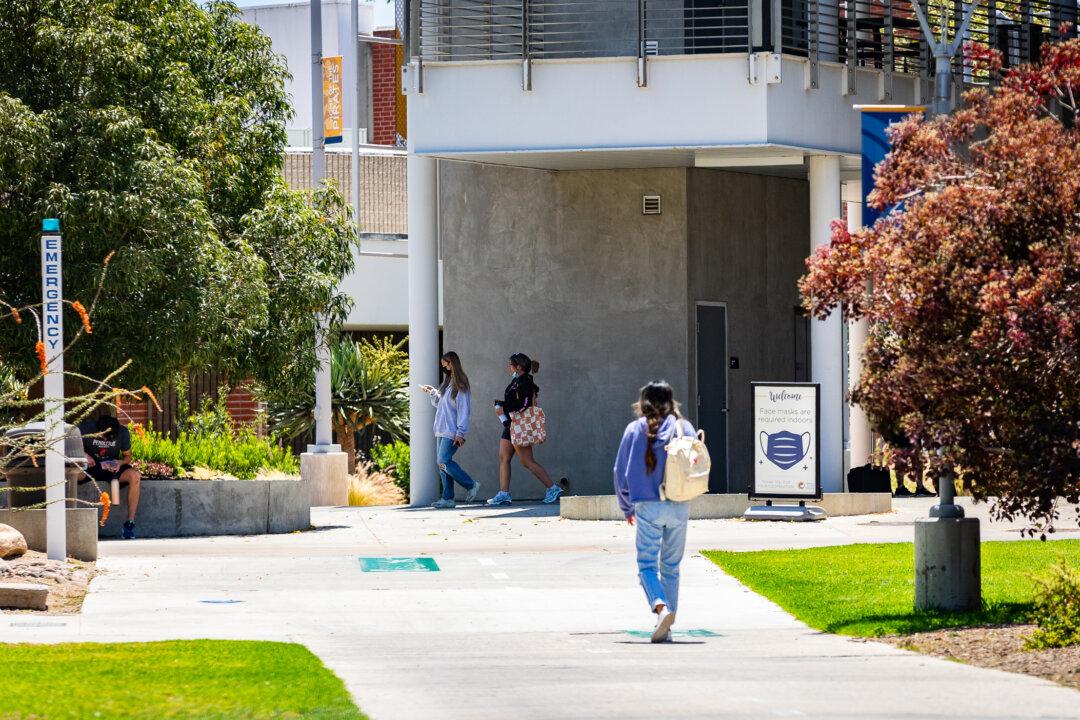The San Diego City Council voted unanimously last week to eliminate minimum parking space requirements for businesses near public transit and for small plazas in dense residential areas.
Taking effect on Jan. 1, 2022, eligible businesses will have the option to maintain their current parking spaces or turn them into outdoor dining or retail areas.




